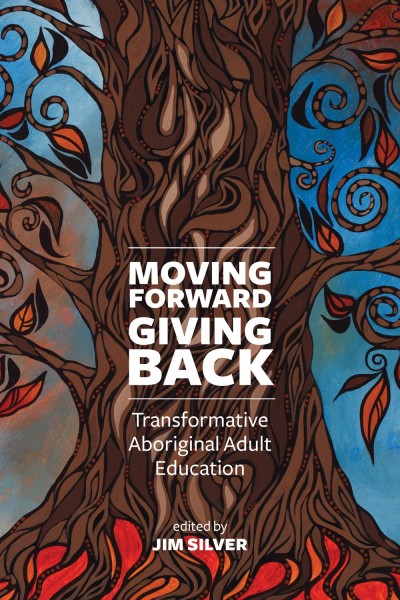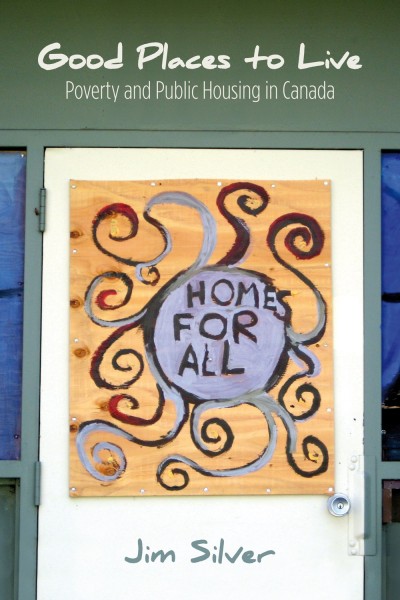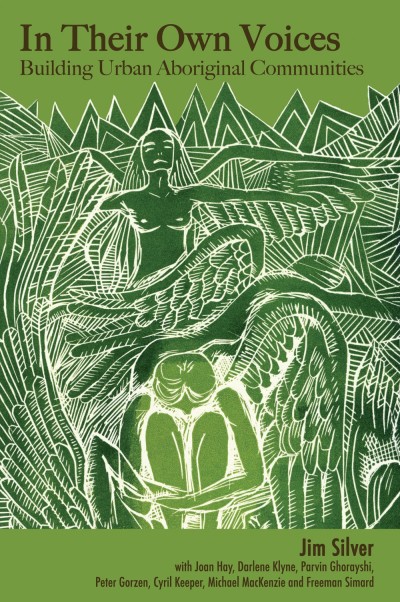
Poor Housing
A Silent Crisis
Across Canada, there is a severe shortage of decent quality housing that is affordable to those with low incomes, and much of the housing that is available is inadequate, even appalling. The poor condition of housing for those below the poverty line adds to the weight of the complex poverty they already endure, which includes worsening health, adversely affected education and neighbourhoods that are more prone to crime and violence.
About the book
Across Canada, there is a severe shortage of decent quality housing that is affordable to those with low incomes, and much of the housing that is available is inadequate, even appalling. The poor condition of housing for those below the poverty line adds to the weight of the complex poverty they already endure, which includes worsening health, adversely affected education and neighbourhoods that are more prone to crime and violence. Using Winnipeg, Manitoba, as an example, Poor Housing examines the real-life circumstances of low-income people who are forced to live in these conditions. Contributing authors examine some of the challenges faced by low-income people in poor housing, including difficulties with landlords who abuse their power, bedbugs, racism and discrimination and a wide range of other social and psychological effects. Other selections consider the particular housing problems faced by Aboriginal people and by newcomers to Winnipeg as well as the challenges faced by individuals living in rooming houses.
A central theme in the collection is that the private, for-profit housing market cannot meet the housing needs of low-income Canadians, and, therefore, governments must intervene and provide subsidies. But all levels of government have shown a consistent unwillingness to invest in decent housing for low-income people. The irony is that the social costs of poor housing and the complex poverty of which it is a part are almost certainly greater than the costs of investing in subsidized social housing and related anti-poverty measures.
Finally, the authors describe a number of creative and successful housing strategies for low-income people in Winnipeg, including Aboriginal housing co-ops, a revitalized 1960s-style public housing complex and a highly creative repurposing of an inner-city church into supported social housing. In these successful cases, communities and governments have worked cooperatively to good effect.
Contents
- Housing Matters (Josh Brandon & Jim Silver)
- PART ONE: PROBLEMS WITH LOW-INCOME HOUSING
- Chronic: A Brief History of Low-Income Housing in Winnipeg (Jim Silver)
- The More Things Change: Low-Income Housing in Winnipeg Today (Josh Brandon)
- Renting in the Inner City: Case Studies from the North End Tenant Landlord Cooperation Program (Rachel Gotthilf & Darrell Stavem)
- Biting Back: Responding to the Social Impacts of Bed Bugs (James Lyons & Elizabeth Comack)
- PART TWO: PROBLEMS FACING PARTICULAR LOW-INCOME TENANTS
- Moving to the City: Housing and Aboriginal Migration to Winnipeg (Josh Brandon & Evelyn Peters)
- Winnipeg’s Refugee Housing Crisis: Turning Institutional Knowledge into Policy Solutions (Ray Silvius, Hani Al-Ubeady, Emily Halldorson & Jessica Praznik)
- Rooming Houses to Rooming Homes (Jovan Lottis & Molly McCracken, with Mary Burton, Isabel Jerez & Art Ladd)
- PART THREE: SOCIAL HOUSING IS A PUBLIC INVESTMENT
- — Social Housing Is Good for Everyone: A Costs/Benefits Analysis (Musah Khalid)
- Privatizing a Public Need: The Canada Mortgage and Housing Corporation and Low-Cost Housing (Ian Skelton)
- A Terrific Loss: The Expiring Social Housing Operating Agreements in Manitoba (Sarah Cooper)
- Where There’s a Will, There’s a Way: The City of Winnipeg’s Role in Low-Income Housing (Christina Maes Nino & Linda Ring)
- PART FOUR: SOCIAL HOUSING THAT WORKS
- In Search of Mino-Bimaadiziwin: A Study of Urban Aboriginal Housing Cooperatives in Canada (Tyler Craig & Blair Hamilton)
- A Good Place to Live: Transforming Public Housing in Lord Selkirk Park (Jim Silver, Janice Goodman, Cheyenne Henry & Carolyn Young)
- Leap of Faith: A Case Study of West End Commons (Jessica Klassen)
- References
- Index














